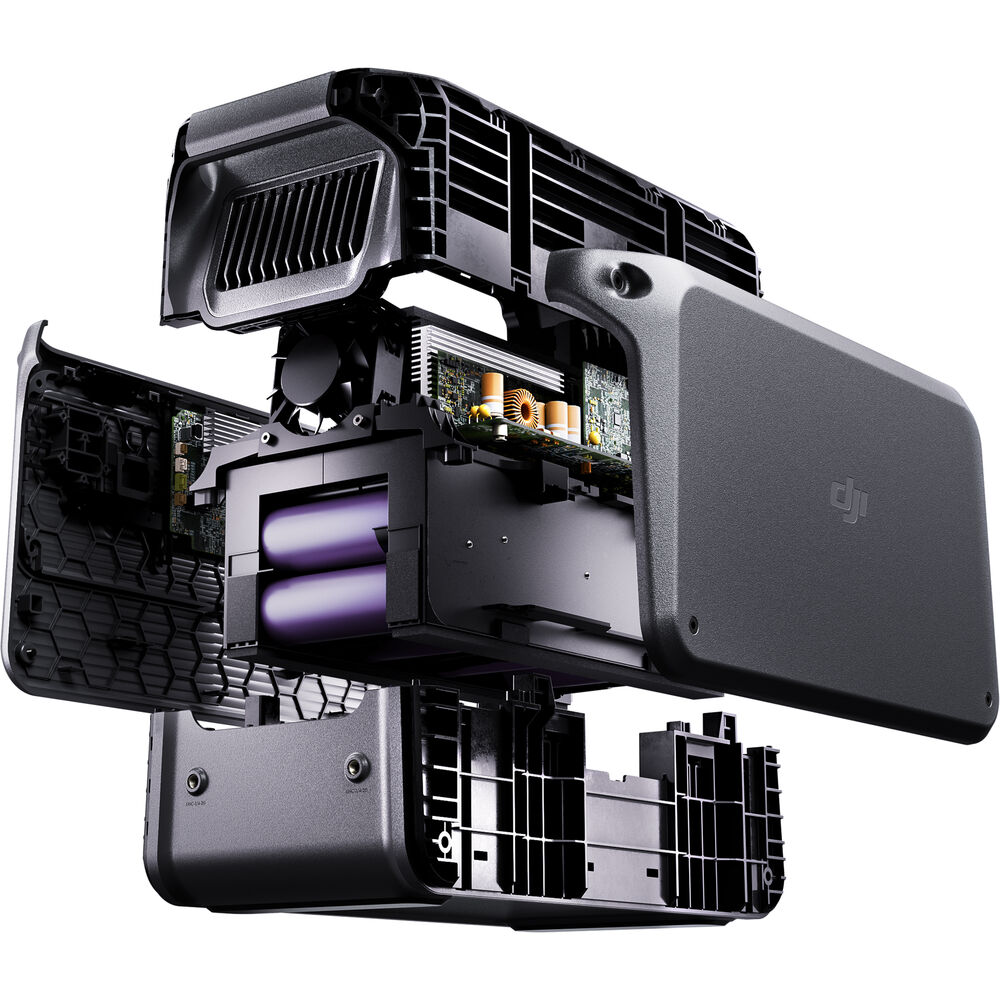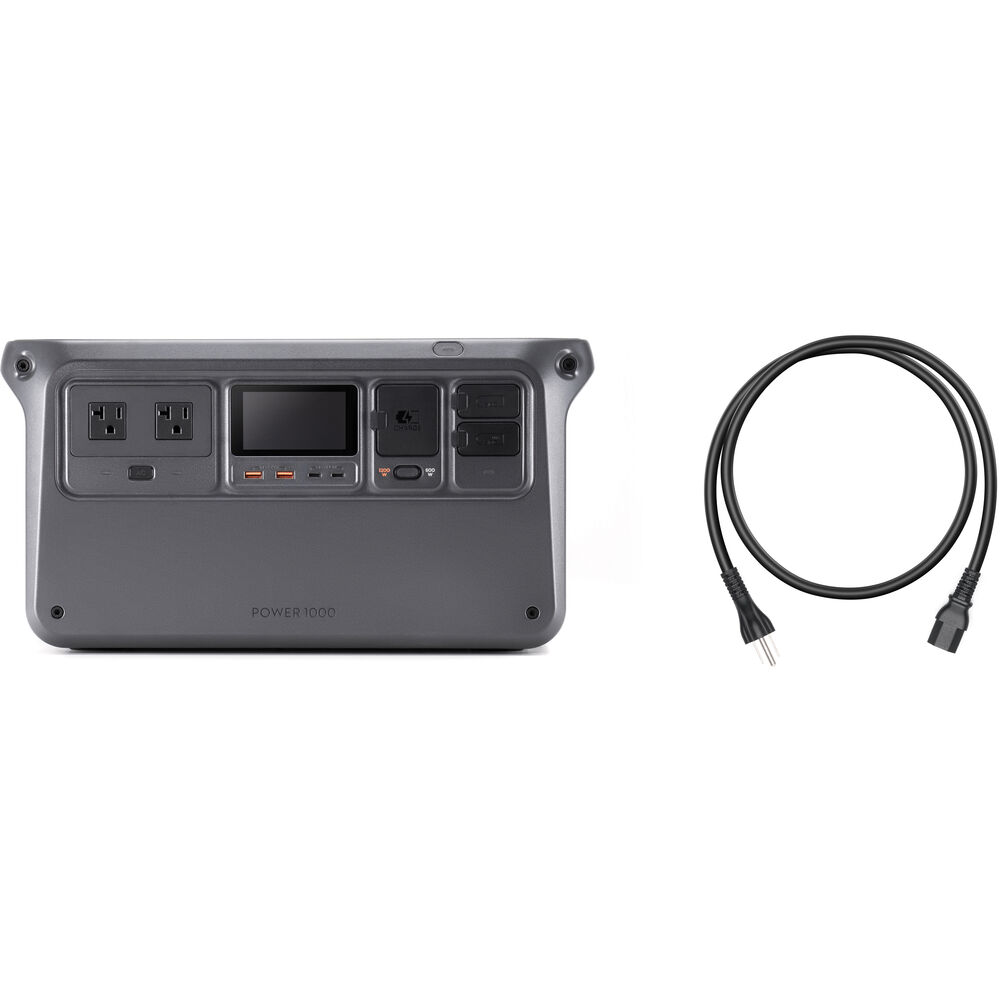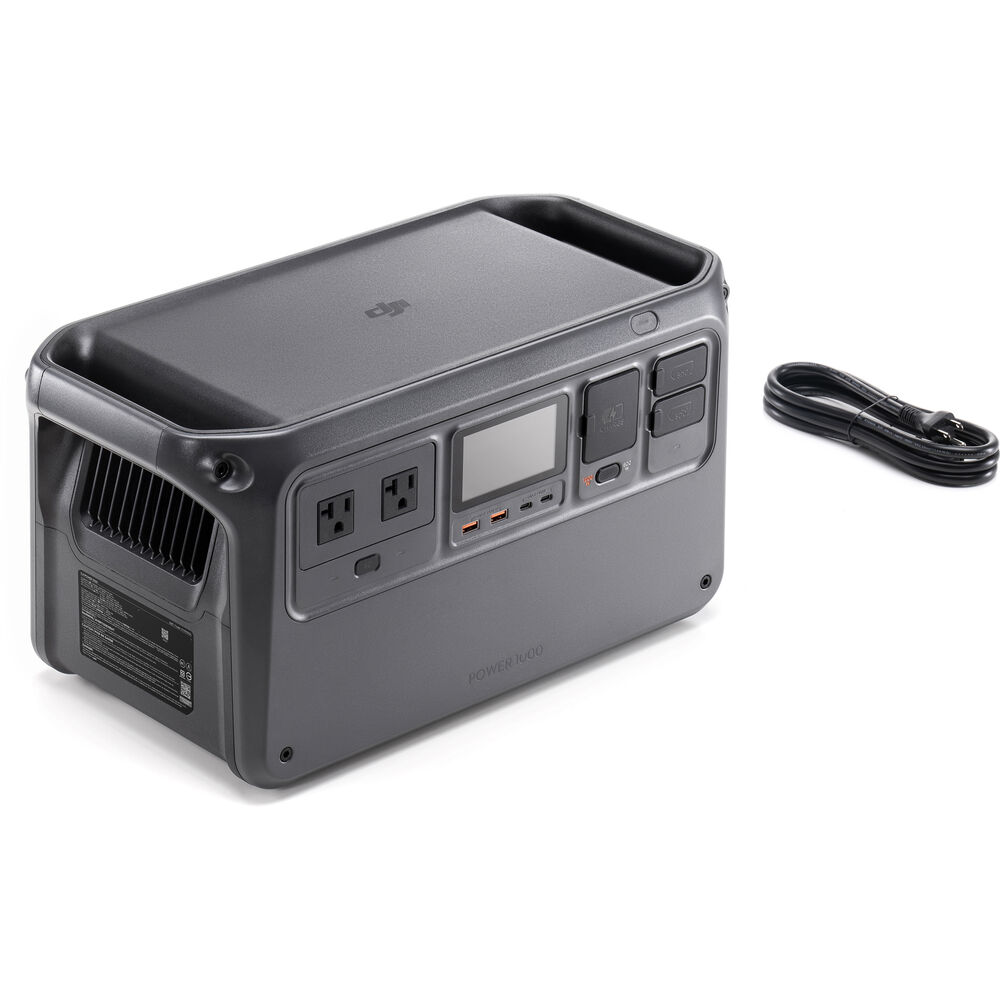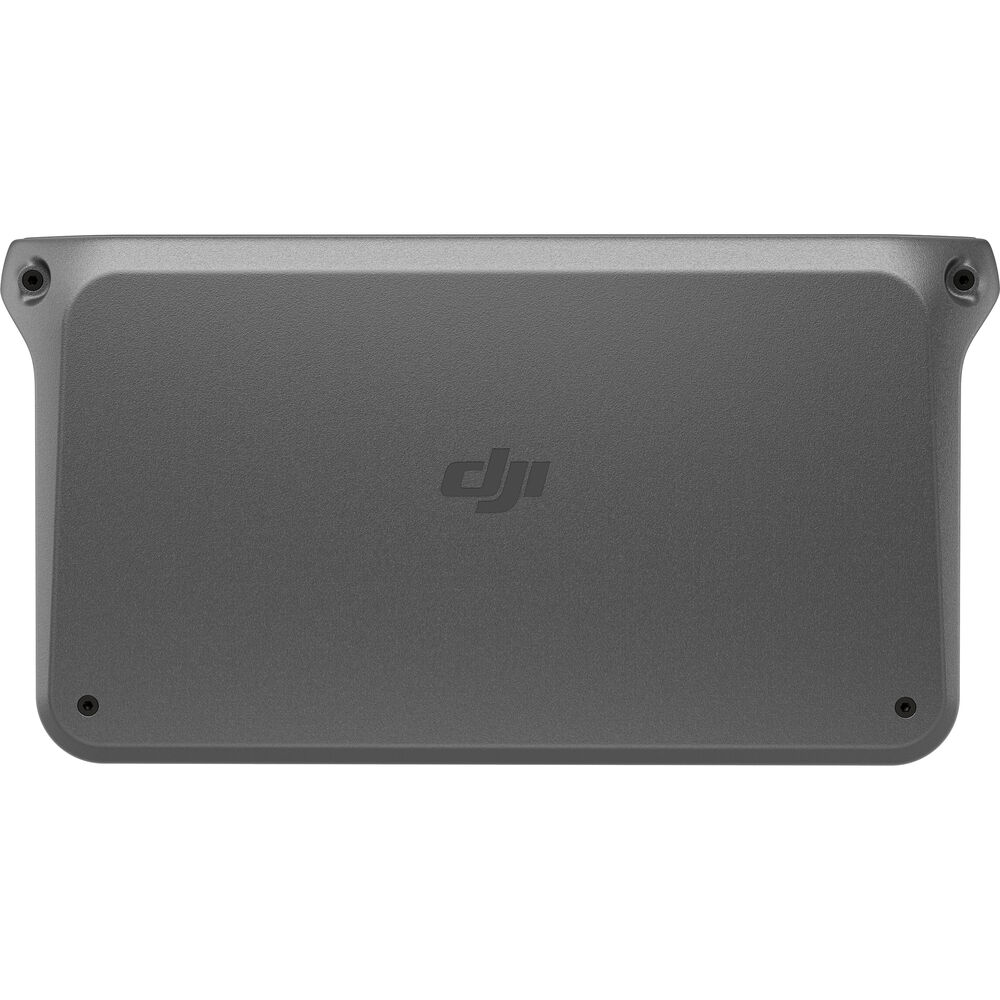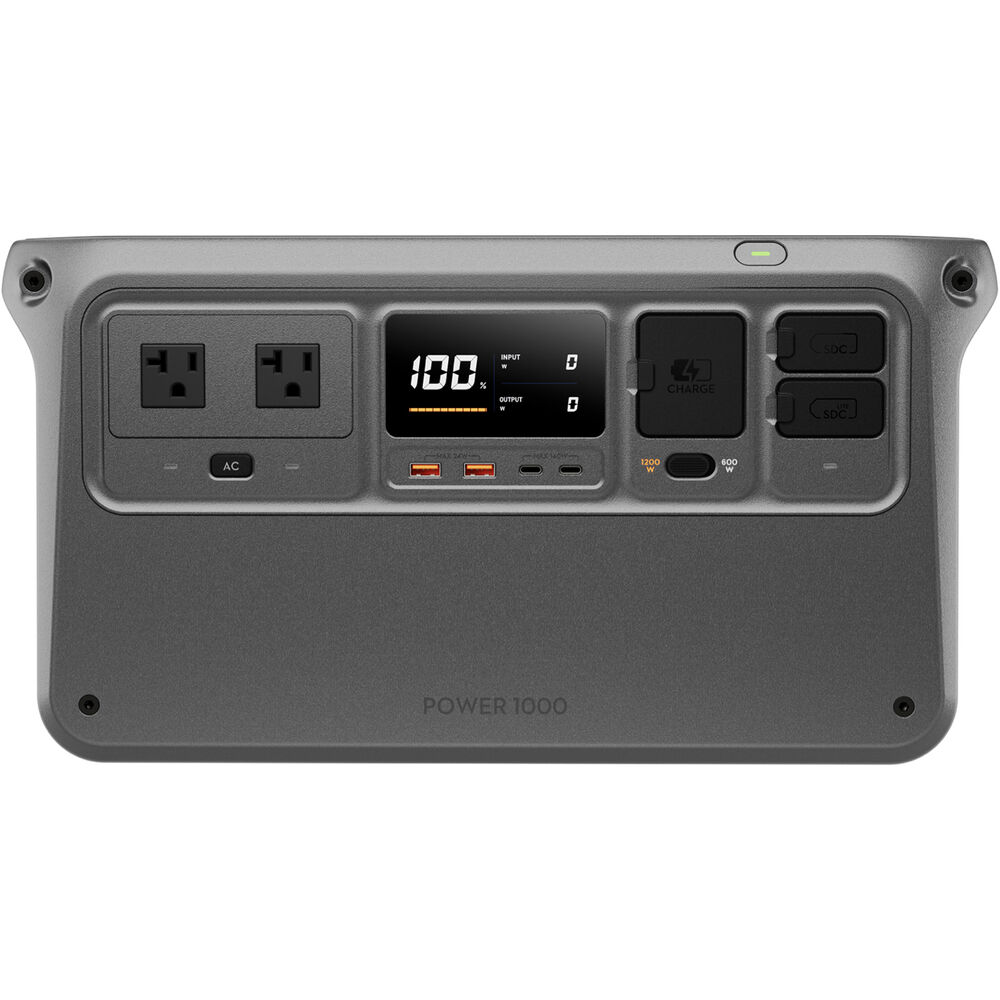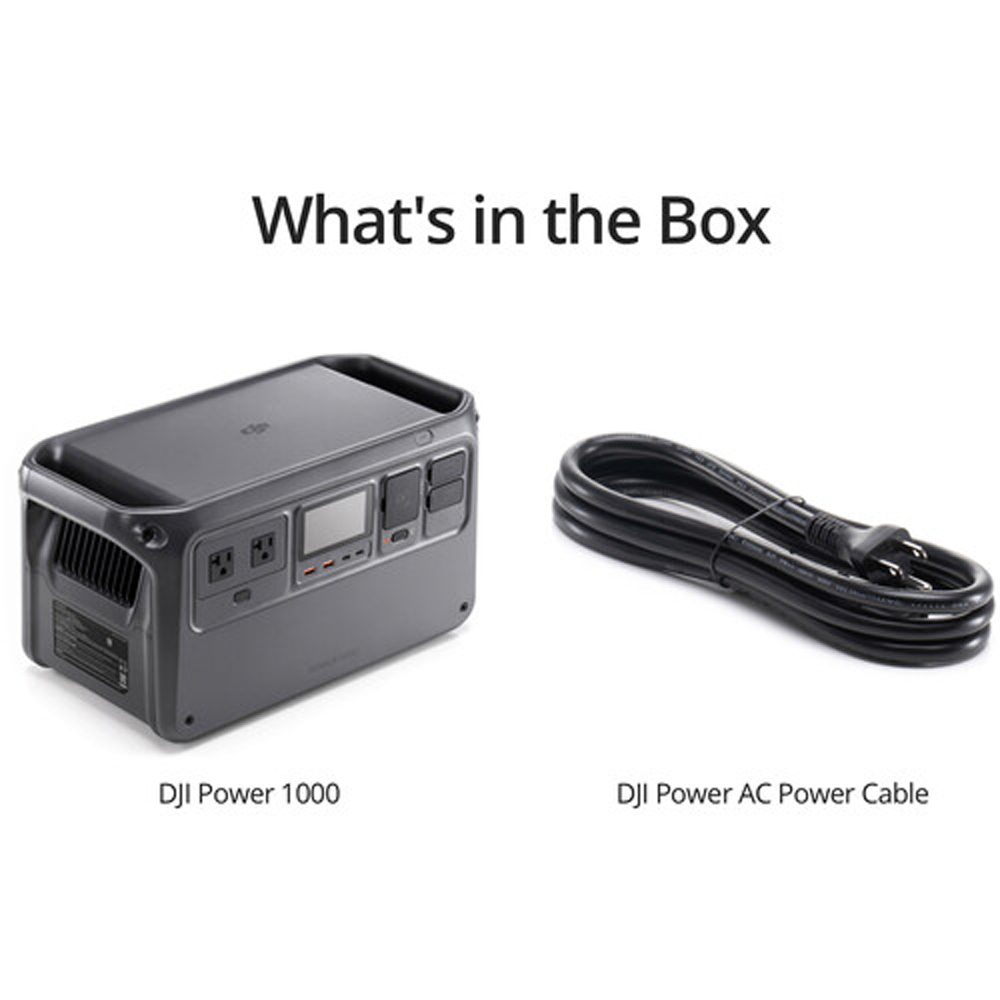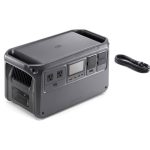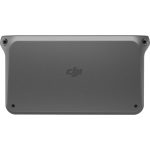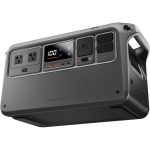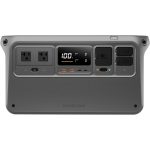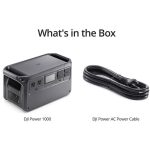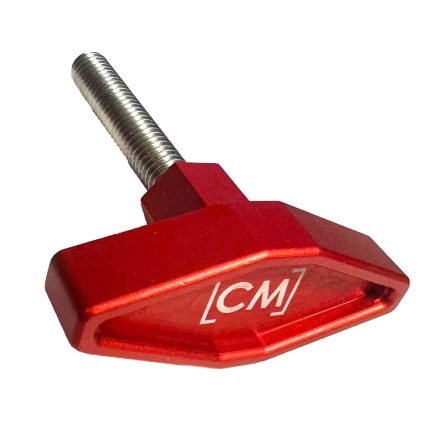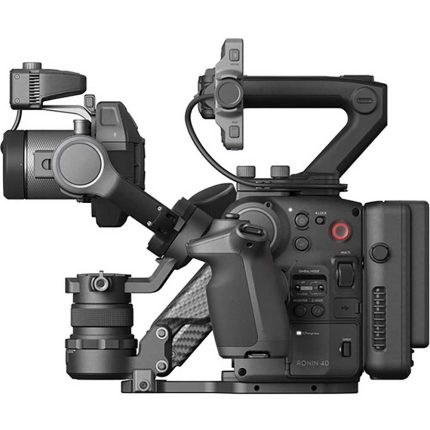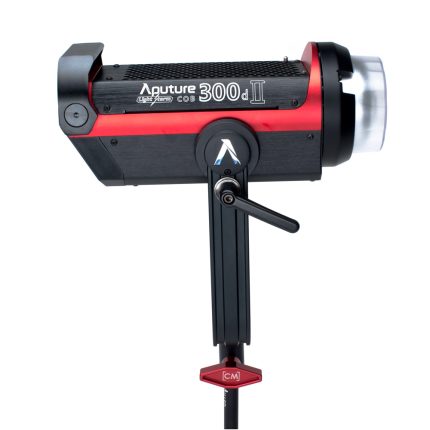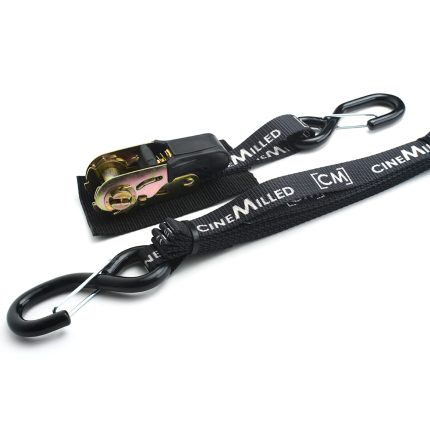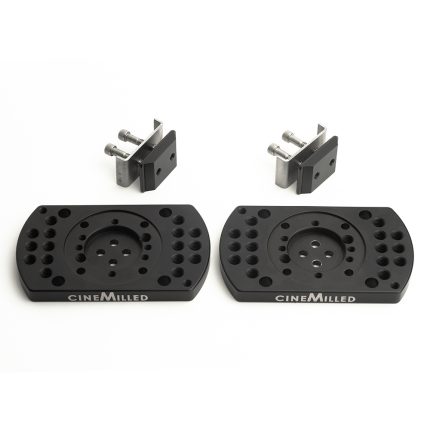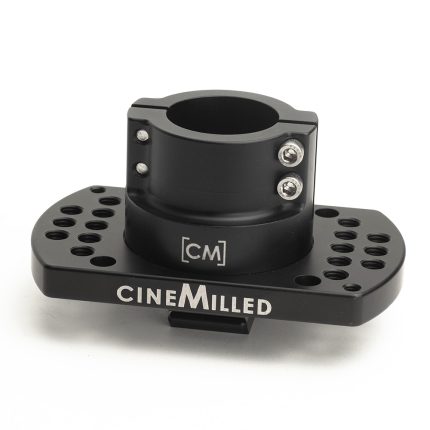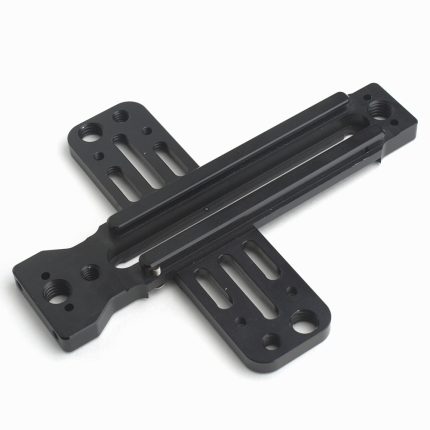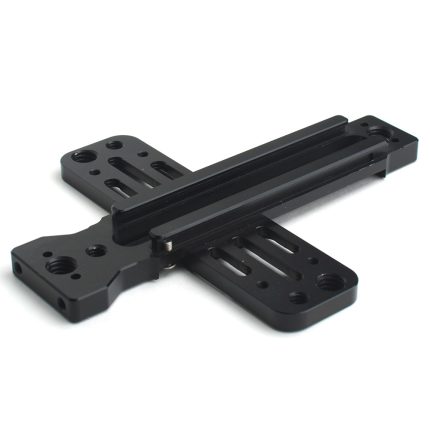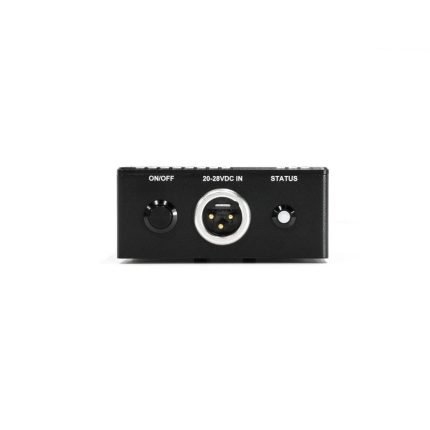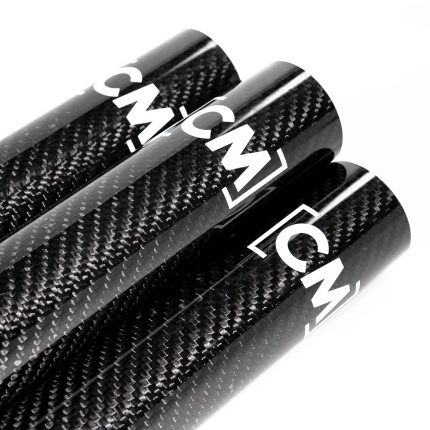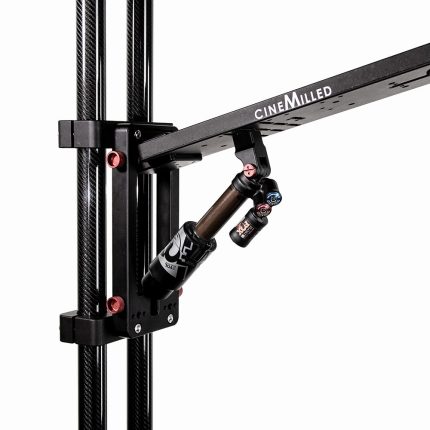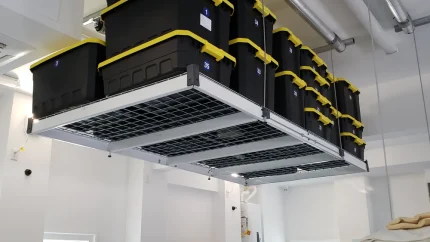An array of eight power output ports supports a wide-ranging list of mobile devices and appliances. Camping and family road trips can power fans, a refrigerator, coffee machine, and more for hours. Professionals on location can recharge drone batteries, laptops, phones, cameras, and more, dozens of times. Below is a list of the eight built-in ports you can choose from:
- Two USB-C PD 3.1 with a maximum of 140W from each port
- Two USB-A with a maximum of 24W from each port
- Two 3-prong AC outlets
- One SDC port
- One SDC Lite port
Safety is paramount when it comes to a power station of this caliber, which is why DJI uses the Swiss-based testing authority, SGS, to test its comprehensive safety design. The Power 1000 earned 26 of the testing certifications. Specific safety features of the Power 100 power station include:
- Intelligent Battery Management System (BMS): If built-in safe-charging metrics are exceeded, the BMS will automatically shut the Power 100 down, and auto-restart it when the power status normalizes.
- Temperature Sensors: A series of 11 temperature sensors continually monitor heat dissipation, maintaining effective charging, even in conditions with temperatures up to 104°F.
- Power Outage Protection: Throughout the Power 1000 are 10 fuses to provide short circuit protection.
- Robust Design: The power station is made to support up to 220 lb of weight and is constructed from a flame-retardant material.
With optional DJI Power SDC charging cables, you can use the SDC port on the Power 1000 to fast-charge various DJI drone batteries.
- Mavic 3: Go from 10% to 95% charge in approximately 32 minutes
- Air 3: Go from 10% to 95% charge in approximately 30 minutes
- Inspire 3 (TB51): Go from 10% to 95% charge in approximately 28 minutes
- Matrice 30 (TB30): Go from 10% to 95% charge in approximately 32 minutes
Recharging the Power 1000 can be done in one of three ways: Grid, Solar, and Car. Charging via an AC outlet can be done with the included power cable, but solar and car charging require optional accessories that are not included.
- Grid Power: This is the fastest method that simply requires an available AC wall outlet. In standard recharge mode, 600W is delivered to the Power 1000, while 1200W is provided in fast recharge mode. Recharging to 100% takes approximately 70 minutes in fast charging mode, or up to 120 minutes with standard charging.
- Solar Power: This method requires an optional DJI Power Solar Panel Adapter Module, which supports 1-3 optional solar panels. The modules use MPPT (Maximum Power Point Tracking) to operate the solar panels, which is an intelligent algorithm that provides real-time monitoring and optimized, efficient charging. You can also choose to use two modules and 4-6 panels for faster charging. DJI recommends DJI-certified solar panels from Zignes. With a 100W solar panel, you get a minimum charge time of up to 11 hours, or up to nine hours with a 120W panel.
- Car Power: This method requires the optional DJI Power Car Power Outlet to SDC Power Cable (12/24V) attached to a car charger, or you can use that optional cable with a single optional solar panel. While charging in your car via either 12V or 24V, charge times are up to 14 hours.
- LFP power cell has a lifespan of approximately 10 years
- Supports up to 3000 charging cycles
- Ultra-quiet 23 dB operation while recharging
- Two 1/4″ threaded holes
- Integrated carry handle

































